Land managers play a critical role in mitigating wildfire devastation. Sound management practices, including responsible use of selective herbicides, can help land managers devise effective solutions in the face of increasing fire frequency, cost and damage.
While no method is enough to stop the kinds of megafires that are becoming more common, mitigation efforts can often buy precious time for evacuation or structure defense.
Here are four wildfire mitigation methods that are both practical and effective.
Method 1: Thinning
Over the last century, stem density has increased in American forests. This density causes increased stress on trees, making them more susceptible to drought, diseases, insects and crown fires. Thinning—using both mechanical and chemical methods—is one way land managers can remove less desirable trees and establish a more sustainable stem density. With proper thinning, when a fire moves through the area, it will not completely denude the forest.
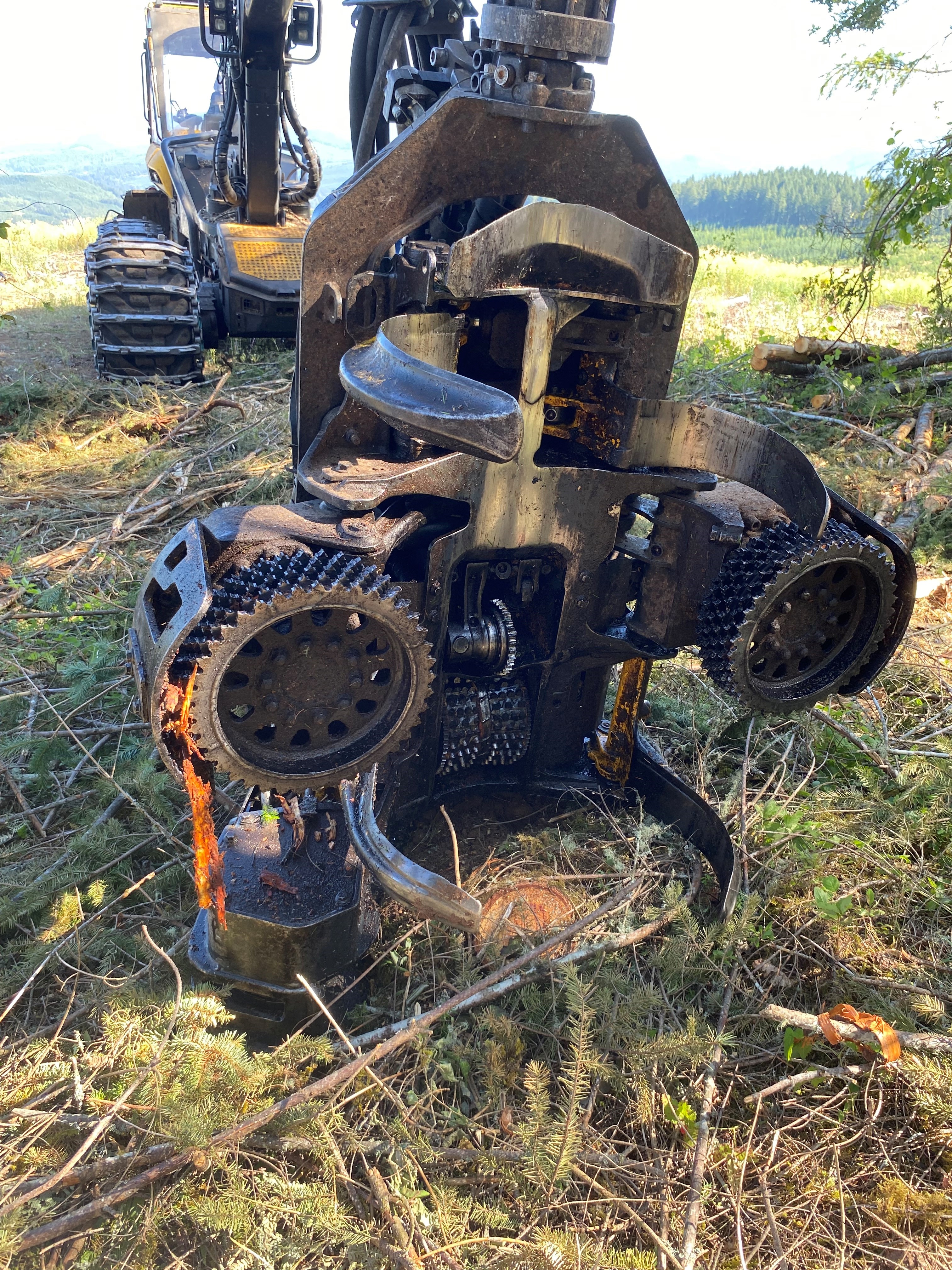
Thinning can be accomplished using mechanical and chemical methods. By reducing stem density, the goal is to also reduce fire intensity and damage.*
When using herbicides to aid in thinning, look for products that provide both fast knockdown and lasting control to minimize the need for repeat applications. Products that offer flexible application in terms of timing and placement (such as those that can be used near water, for example) may also be advantageous, depending on the weather conditions and landscape you’re treating. Herbicides with low drift and volatility will help ensure you’re thinning only the targeted trees and brush and not harming any vegetation you wish to maintain.
Method 2: Prescribed burns
Fire is a natural part of the ecosystem cycle and can help maintain healthy landscapes. Prescribed burns are planned and strategic methods for reducing fuel loads in designated areas. Prescribed burns can help reduce ladder fuel density, which reduces risk of crown fires—the most intense and dangerous type of forest fire.
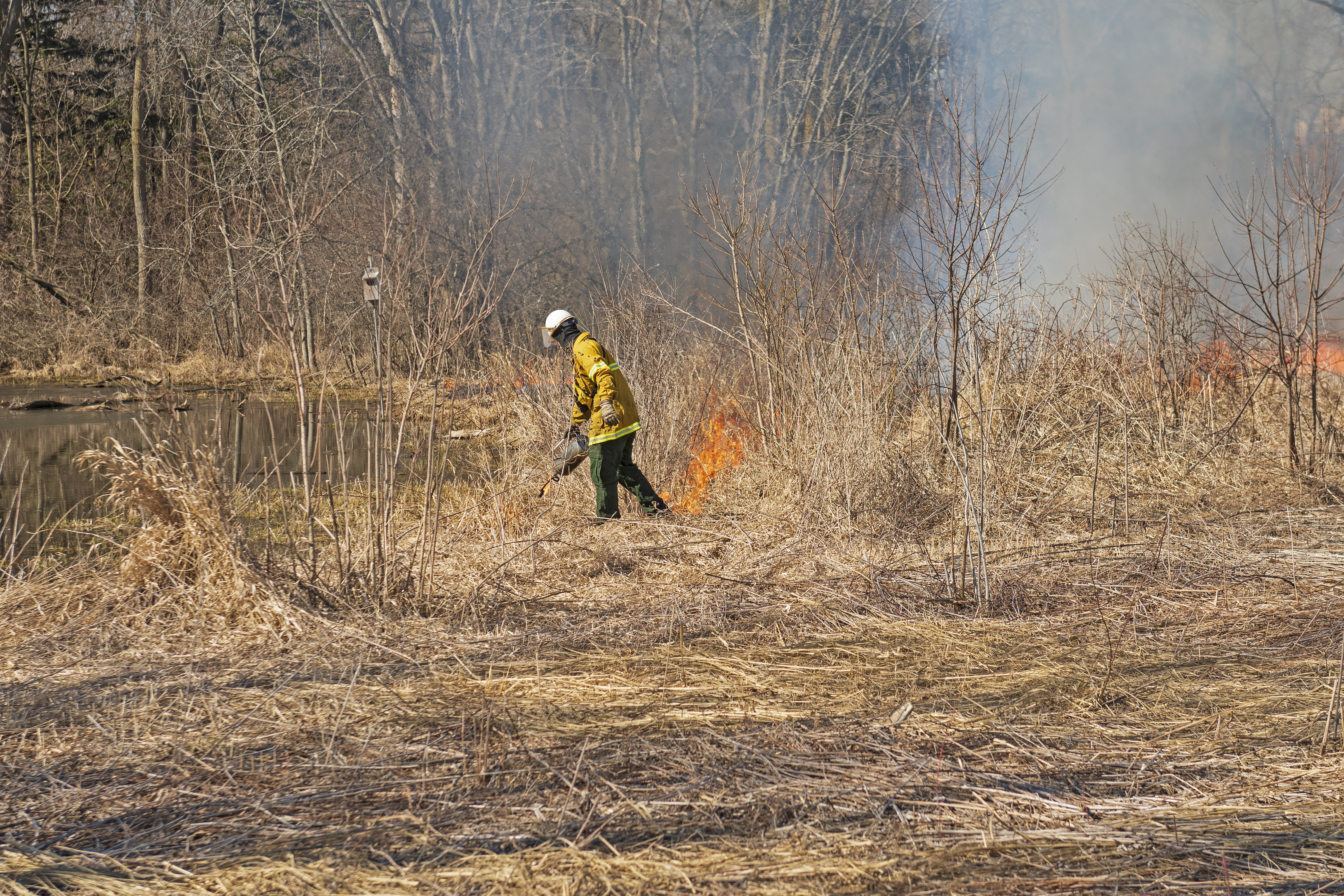
Professionally managed prescribed burns reduce fuel load in an area
Method 3: Fuel breaks
Fuel breaks are typically corridors of widely spaced trees with limited undergrowth. The goal is to create an environment that slows down fires, reduces flame length and prevents the development of crown fires. Keeping the fire closer to the ground makes it easier to control. Fuel breaks are often located strategically for firefighter access, giving them critical room to work and gain control of fires.
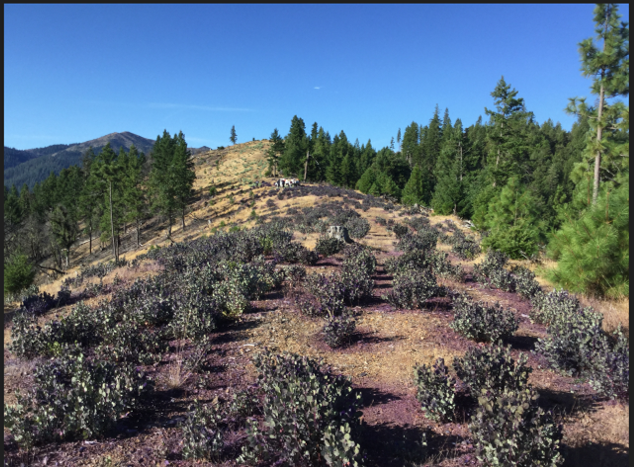
Fuel breaks feature widely spaced trees and limited undergrowth. Herbicides are used in fuel break areas to control brush and small trees that can serve as ladder fuel.*
Fuel breaks are created using a combination of mechanical and chemical thinning. Herbicides are used in designing fuel breaks because they control brush and small trees that can serve as ladder fuel and intensify fires. Selective herbicides, such as Vastlan® herbicide, can be particularly useful, helping to control brush but allowing low-growing grasses to grow. This chokes out woody species that can become ladder fuel.
Method 4: Annual grasses management
Land managers are well aware of the negative effects of invasive grasses and noxious weeds on grazing livestock, wildlife and landscapes. These unwelcome plants can also greatly increase fire risks. Invasive grasses and broadleaf weeds dry quickly, ignite easily and foster fire spread. They can pose particular hazards in roadside areas, where vehicle fires can easily spark a full-blown wildfire. Selective herbicides control weeds and invasive grasses, while allowing native, beneficial species to thrive. Promoting growth of beneficial grasses provides grazing opportunities, and in areas such as roadsides, can improve aesthetics and visibility, all while reducing wildfire risks. Milestone® herbicide is a good option for this method of fire mitigation because it can be used across a range of sites, is tankmix compatible with grass control herbicides and helps control weeds both pre and postemergence.
Fire risk profile
Invasive grasses and broadleaf weeds
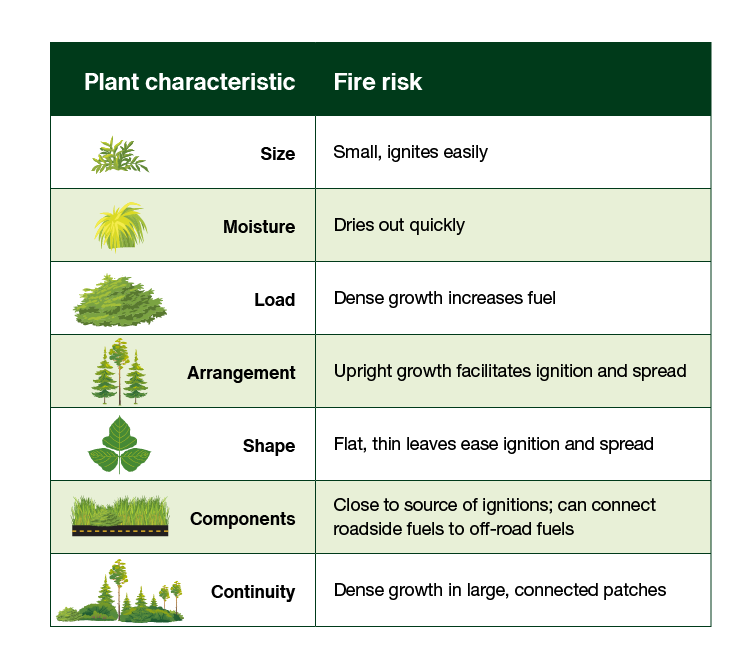
Managing for mitigation
Managing lands using methods like these not only helps to reduce fire risk, but can contribute to overall healthier landscapes where trees can grow tall and strong, beneficial native vegetation is abundant and wildlife and livestock can thrive. Using planning, mechanical methods and herbicides, land managers can contribute to maintaining a landscape where wildfires may once again be part of the normal cycle of renewal, rather than devastation.
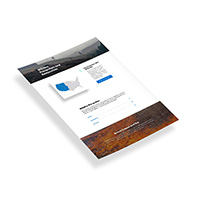 For additional information about managing brush as part of wildfire prevention, download this technical guide.
For additional information about managing brush as part of wildfire prevention, download this technical guide.
1 “Annual 2022 Wildfires Report.” National Centers for Environmental Information (NCEI) (NOAA). Accessed February 2, 2023. https://www.ncei.noaa.gov/access/monitoring/monthly-report/fire/202213.
2NASA. “Are Wildfires Getting Worse? We Asked a NASA Scientist.” December 7, 2002. YouTube video 1:42. https://www.youtube.com/watch?v=1m37B2MJKu8&t=19s.
*Photos courtesy of Mike Hanson, Trent Brusseau and Rob LaGrange. © 2022.
Milestone® has no grazing or haying restrictions for any class of livestock. When treating areas in and around roadside or utility rights-of-way that are or will be grazed, hayed or planted to forage, important label precautions apply regarding harvesting hay from treated sites, using manure from animals grazing on treated areas or rotating the treated area to sensitive crops. See the product label for details. Vastlan® and Milestone are not registered for sale or use in all states. Contact your state pesticide regulatory agency to determine if a product is registered for sale or use in your state. Always read and follow label directions.





 For additional information about managing brush as part of wildfire prevention,
For additional information about managing brush as part of wildfire prevention,